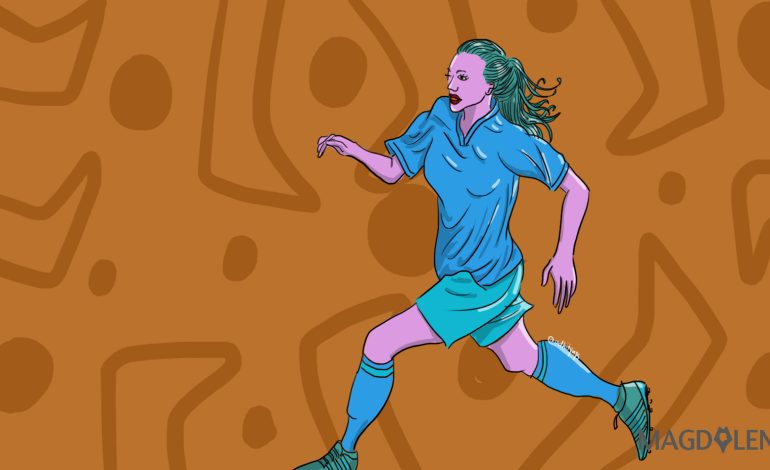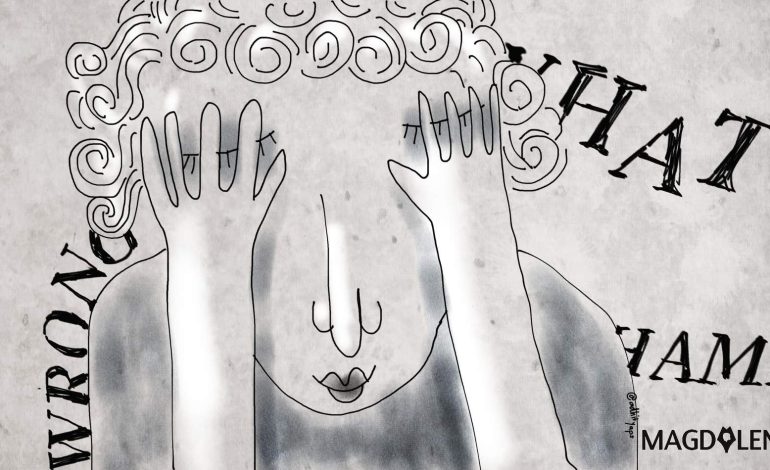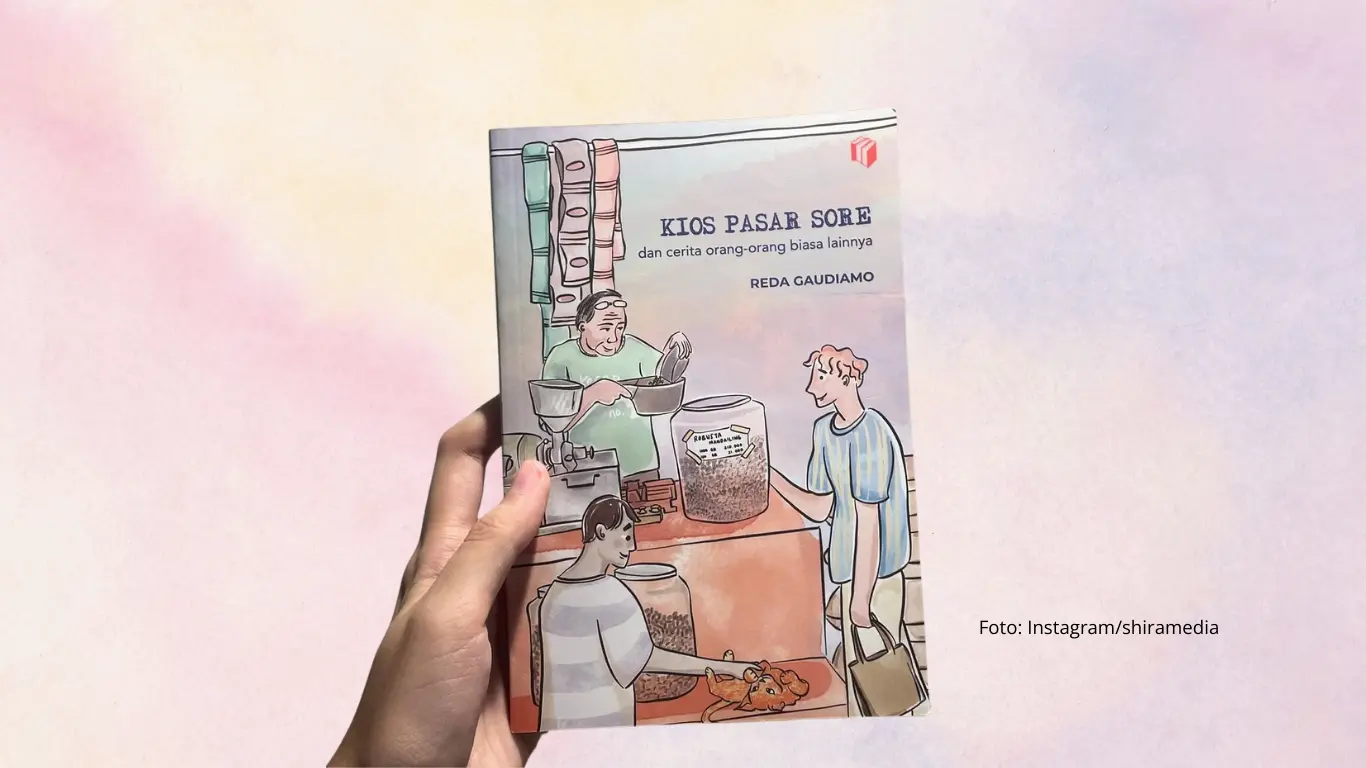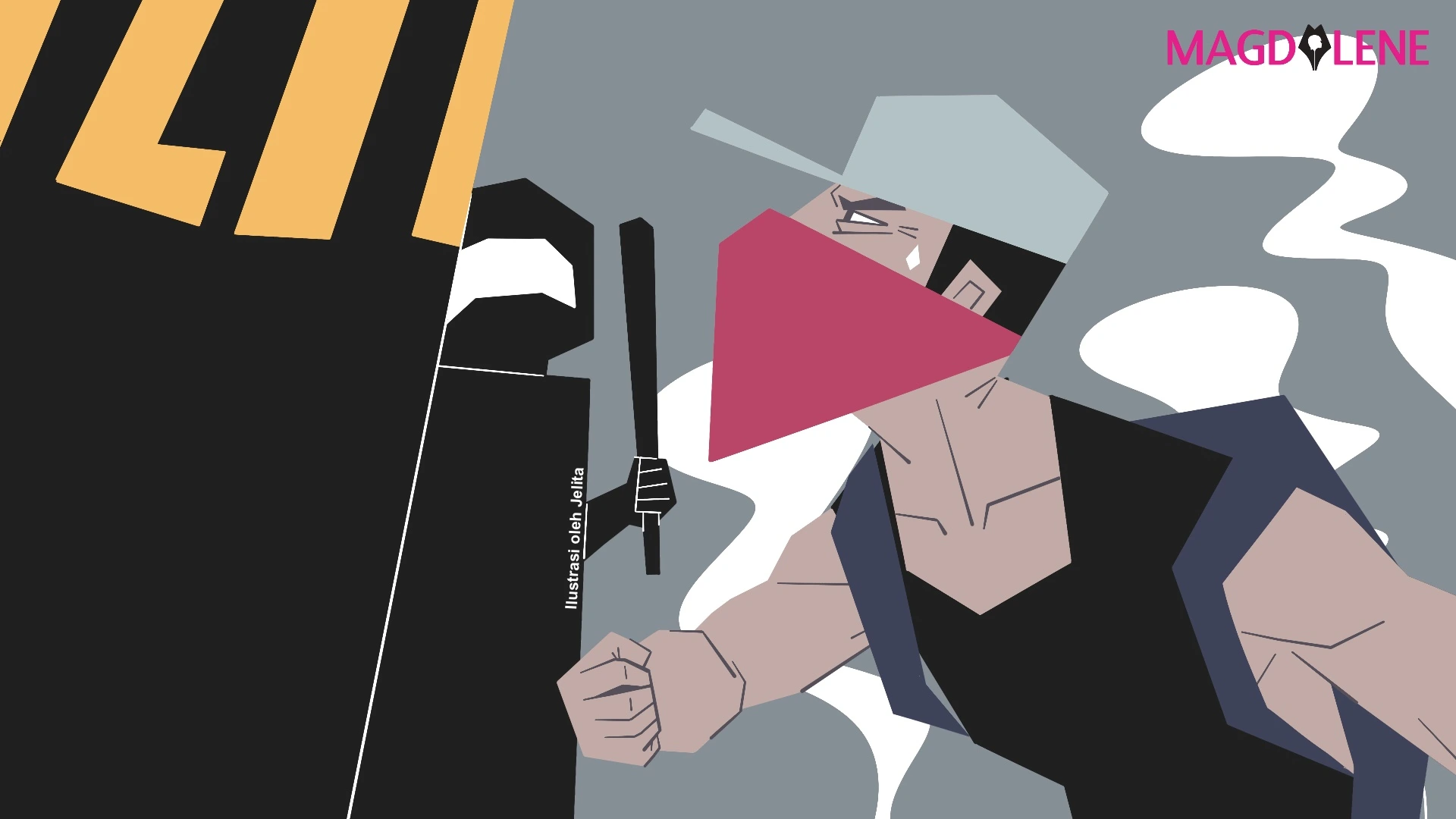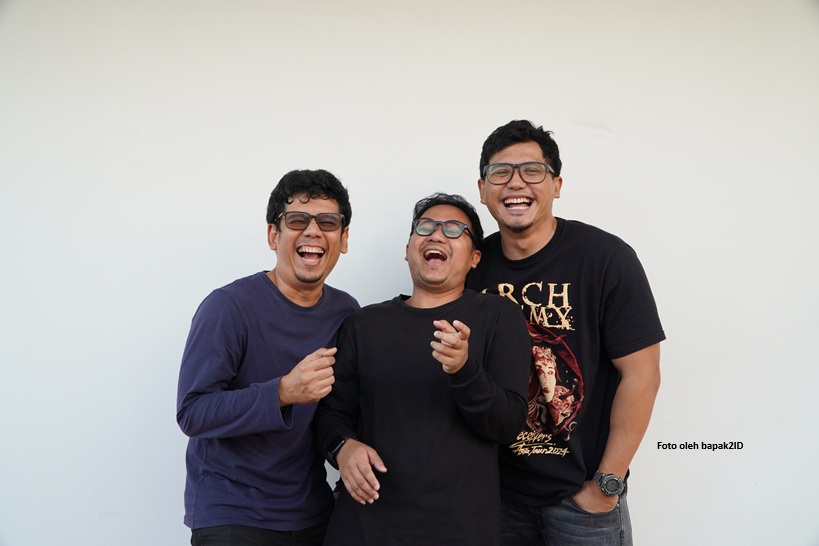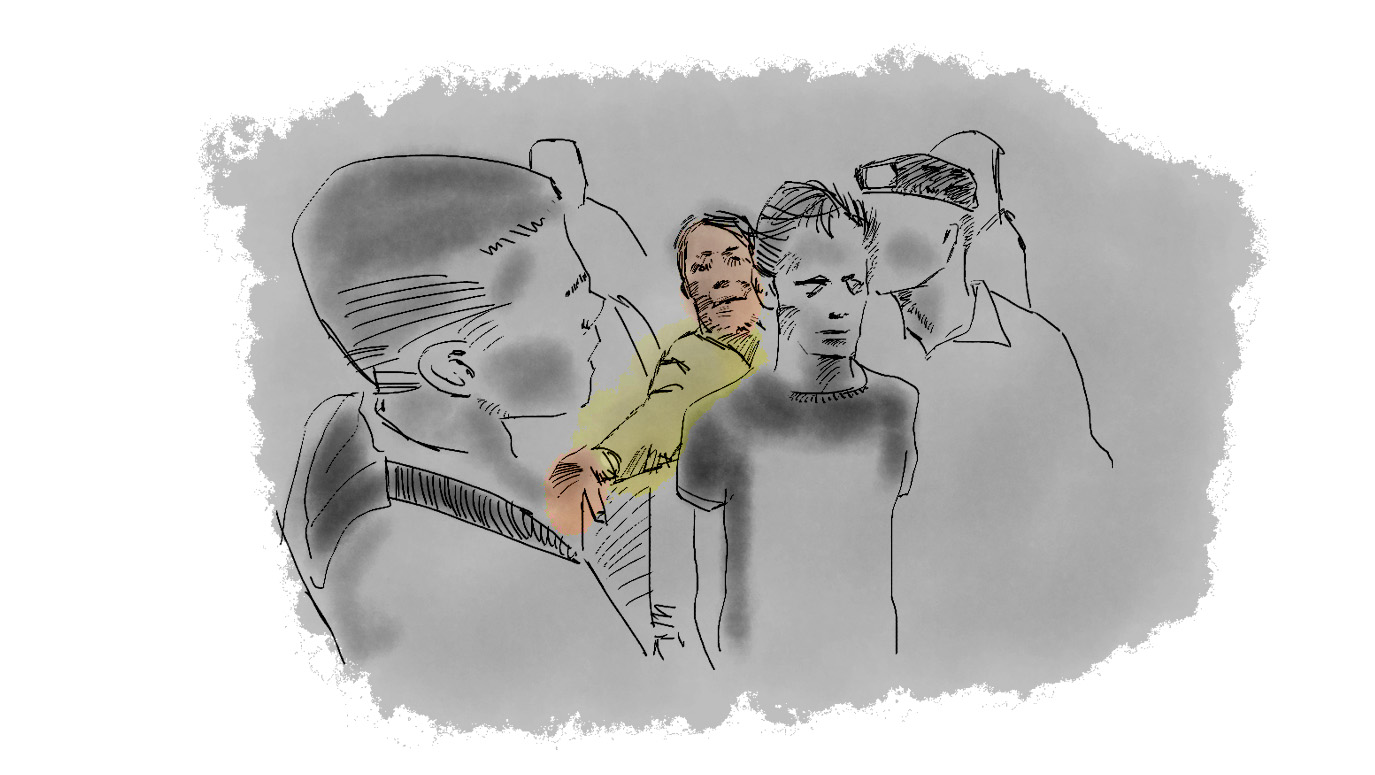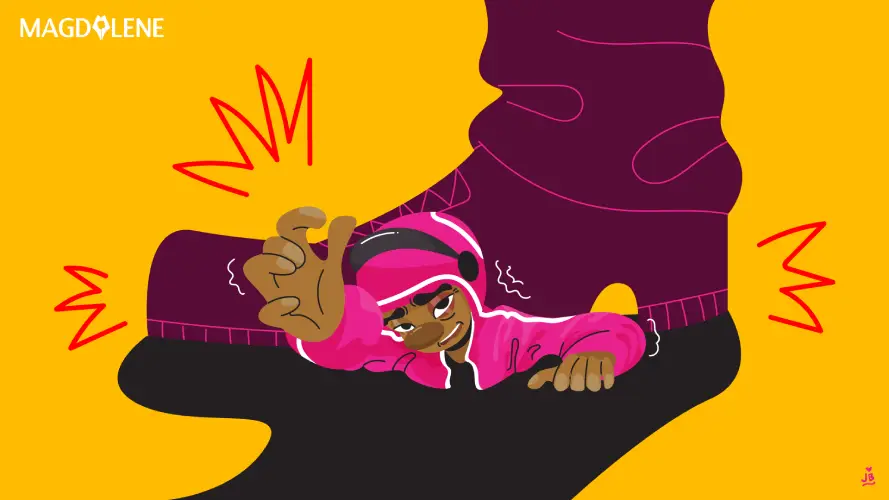Puteri Indonesia and The Obsession with Height
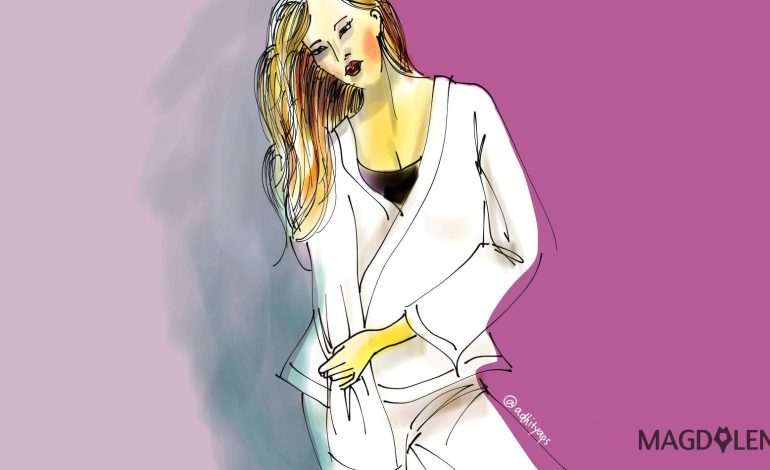
As an Indonesian girl who grew up competing in pageants in the United States, I make it a priority to keep up with pageant news from the tanah air. Last Friday was the annual Puteri Indonesia pageant and I spent a good portion of my Friday night checking out all the pictures from the event on Instagram. I would’ve watched the pageant itself, but there’s a pesky little12-hour time difference between Jakarta and Washington, DC.
If you didn’t know, Puteri Indonesia is a competition to choose Indonesia’s representative for the Miss Universe competition. Every year, the Puteri Indonesia Organization puts on a big glamorous production attended by the reigning Miss Universe herself.
As I scrolled through various images of the crowning moment, I stopped at one particular photo that caught my attention. On one side of the picture stood the 2017 Puteri Indonesia and her newly crowned successor. Both women, very tall, towered over the significantly shorter Miss Universe. I thought the stark height difference was quite amusing, but I didn’t think much more of it, at least not yet.
Naturally, I kept scrolling through more pictures. The next picture that caught my eye was a photo of the new Puteri Indonesia with the first and second runner-ups. I noticed how the photo looked remarkably similar to the winners photo from the previous year and the year before that. In each picture, the girl crowned Puteri Indonesia was the tallest of the bunch.
This really got me interested in height, so much so that I decided to do some research. After a good 15 minutes of browsing contestant heights, I found that every year since 2011 the winner of Puteri Indonesia has always been taller than the runner-ups. In my opinion, this is something we should be concerned about.
You might stop me and ask why – everyone knows pageants favor tall girls. It is an undeniable fact that pageants favor tall girls. I worry, though, that the Puteri Indonesia pageant has turned into a competition that places too much concentration on height.
Now, I want to make it clear that in my critique, I am not suggesting that any past Puteri Indonesia winners were unworthy of their titles and I would never belittle their accomplishments. I’m also not suggesting that any specific contestant was robbed of the title because of their height. What I’m saying is that when I see this trend, I can’t help but fear that shorter contestants who are equally smart, talented, and driven as some taller contestants are significantly disadvantaged by nothing but their height. Keep in mind there aren’t really any “short” contestants who compete at Puteri Indonesia. Girls have to be at least 170 centimeters to compete, and the height of the average Indonesian woman is anywhere from 150 to 160 centimeters.
Philippines’ Pia Wurtzbach who stands at a solid 168 centimeters clinched the Miss Universe title in 2015. However, if she were Indonesian, she would’ve been ineligible to compete for Puteri Indonesia, eliminating all chances of her going to Miss Universe.
It seems like in recent years Miss Universe has begun to put less of an importance on height and it would be wise of us to follow suit. Let’s make sure we are choosing the most qualified contestant based on the things they say and how they conduct themselves, and let’s let things like height take a backseat.
Even though more work needs to be done on that front, I think Puteri Indonesia has made some important progress in producing winners that defy typical Indonesian beauty standards. I still remember the excitement I felt when I saw Puteri Indonesia Pariwisata 2016, Intan Aletrino, wearing her gorgeous natural curly locks while on official duty. Up until that moment, I had never seen a national titleholder who had hair like me and was proud to show it off the way she did.
Another person who shook things up was Bunga Jelitha, Puteri Indonesia 2017. Bunga, who sported a darker complexion than the typical Puteri Indonesia winners, faced bullying on social media after her crowning. It’s sad and ridiculous that a girl whose skin tone resembles the majority of Indonesians was made to feel like a bad representative of Indonesian beauty by none other than Indonesians themselves.
My hope for Puteri Indonesia is an even greater growth and embrace of inclusivity. I want girls across Indonesia to watch the pageant and see themselves represented in not just one of the 39 beautiful contestants but in the winners as well.
When I was a girl, I watched a video put out by the Miss Universe organization titled “Beauty in Indonesia” that deeply inspired me. The video featured Puteri Indonesia 2011 Nadine Alexandra and was made on the occasion of Miss Universe 2011 Leila Lopes’ visit to Indonesia. In the video, Nadine detailed how darker skinned people in Indonesia are made to feel inferior and she talked about how she hoped Leila, a black Miss Universe, was able to encourage girls to love who they are.
Seven years on, in a country where light-skinned stars continue to dominate the screens and skin whitening products continue to flood the shelves, that message needs to be heard more than ever. It is vital that Puteri Indonesia plays a part in spreading that message. Puteri Indonesia has the power to redefine what it means to be beautiful in Indonesia, they just have to remember to use it.
Azalea Johannes is currently a high school senior living in Washington, DC. She moved to the United States at age five with her family. She recently spent two years living in Jakarta attending a public school that helped her to become more acquainted with Indonesian life and culture.

